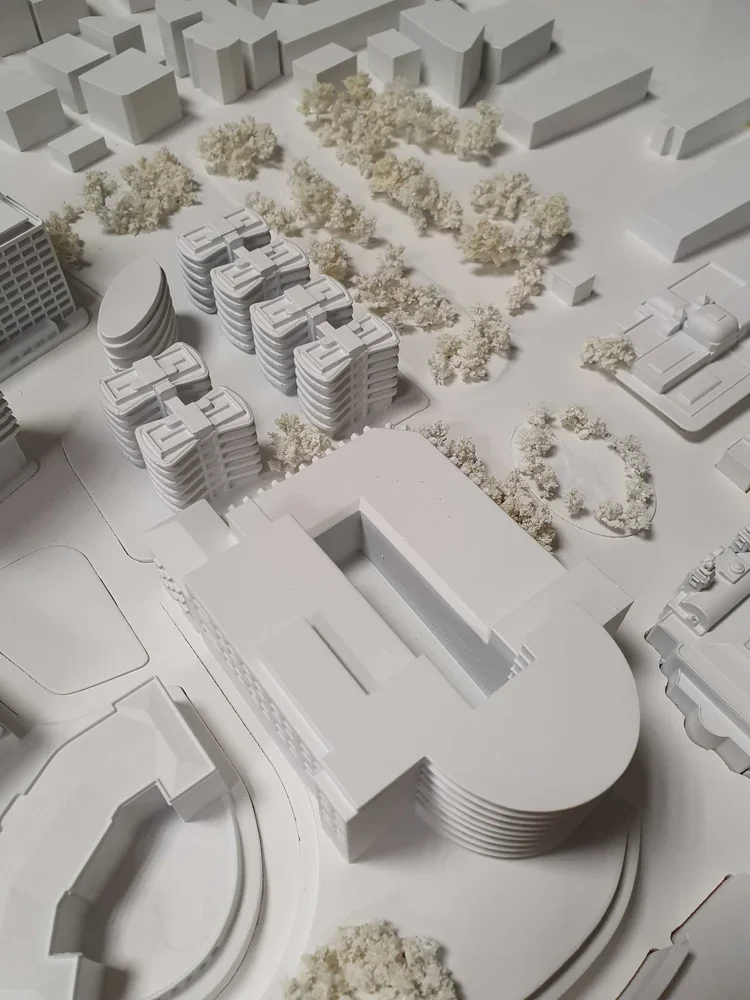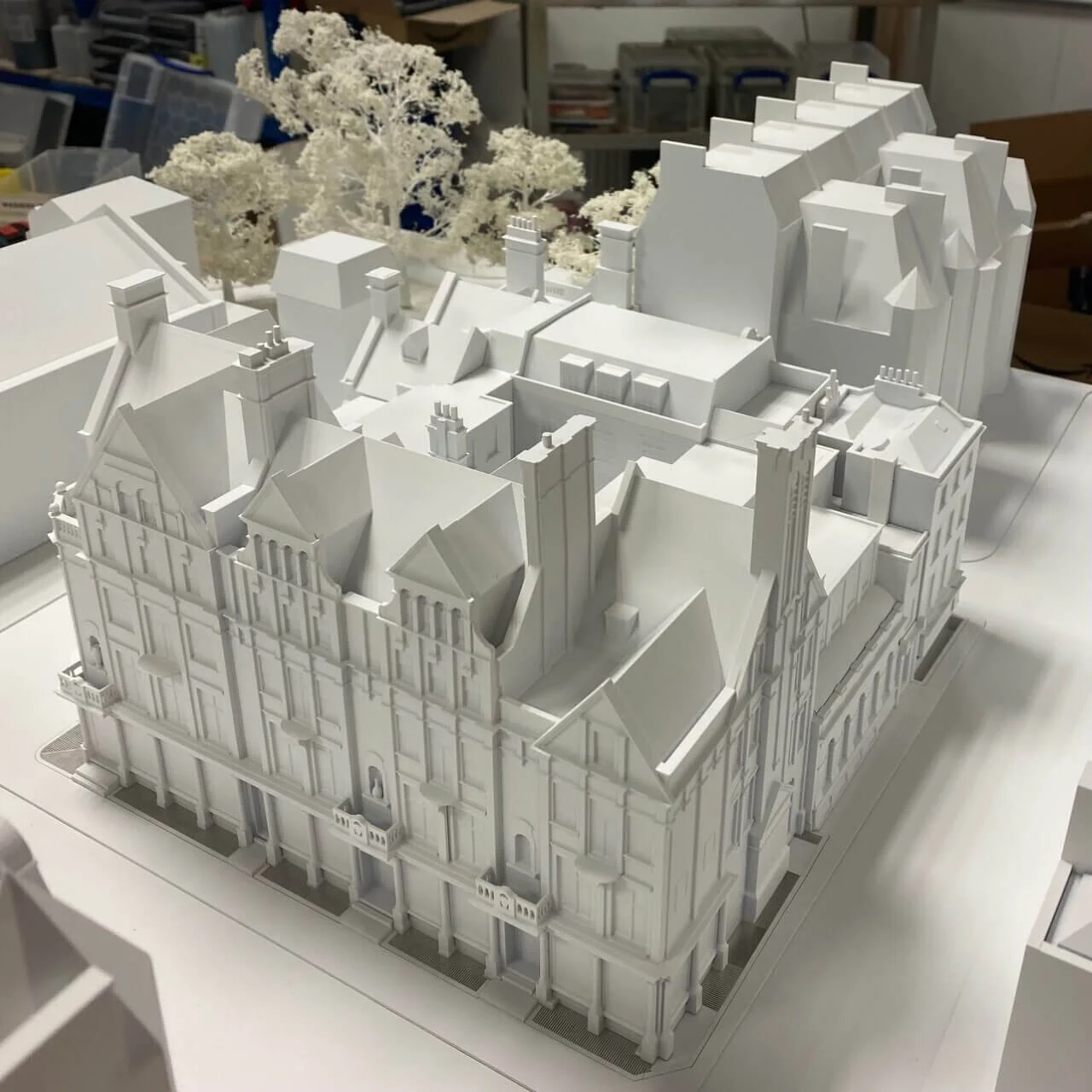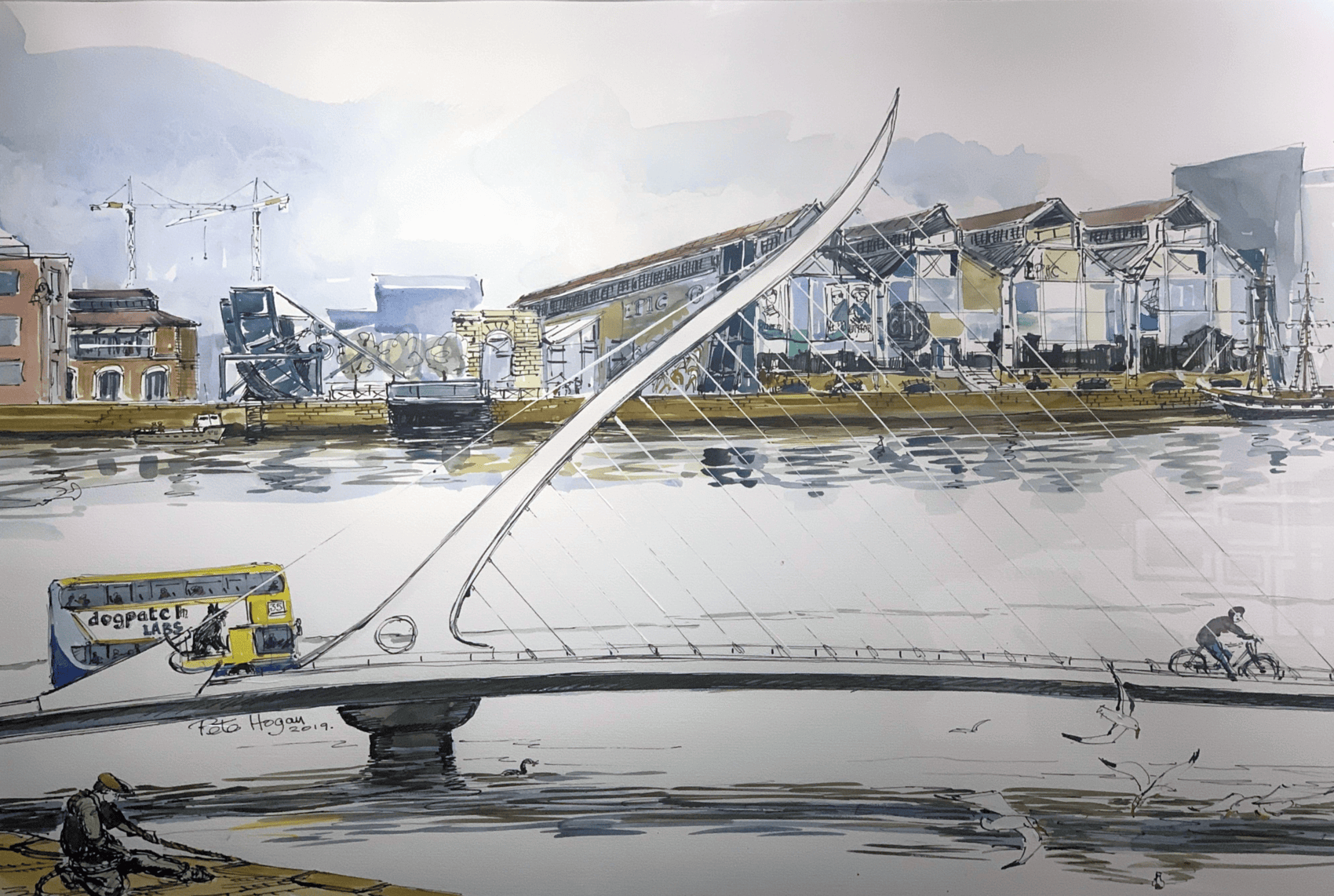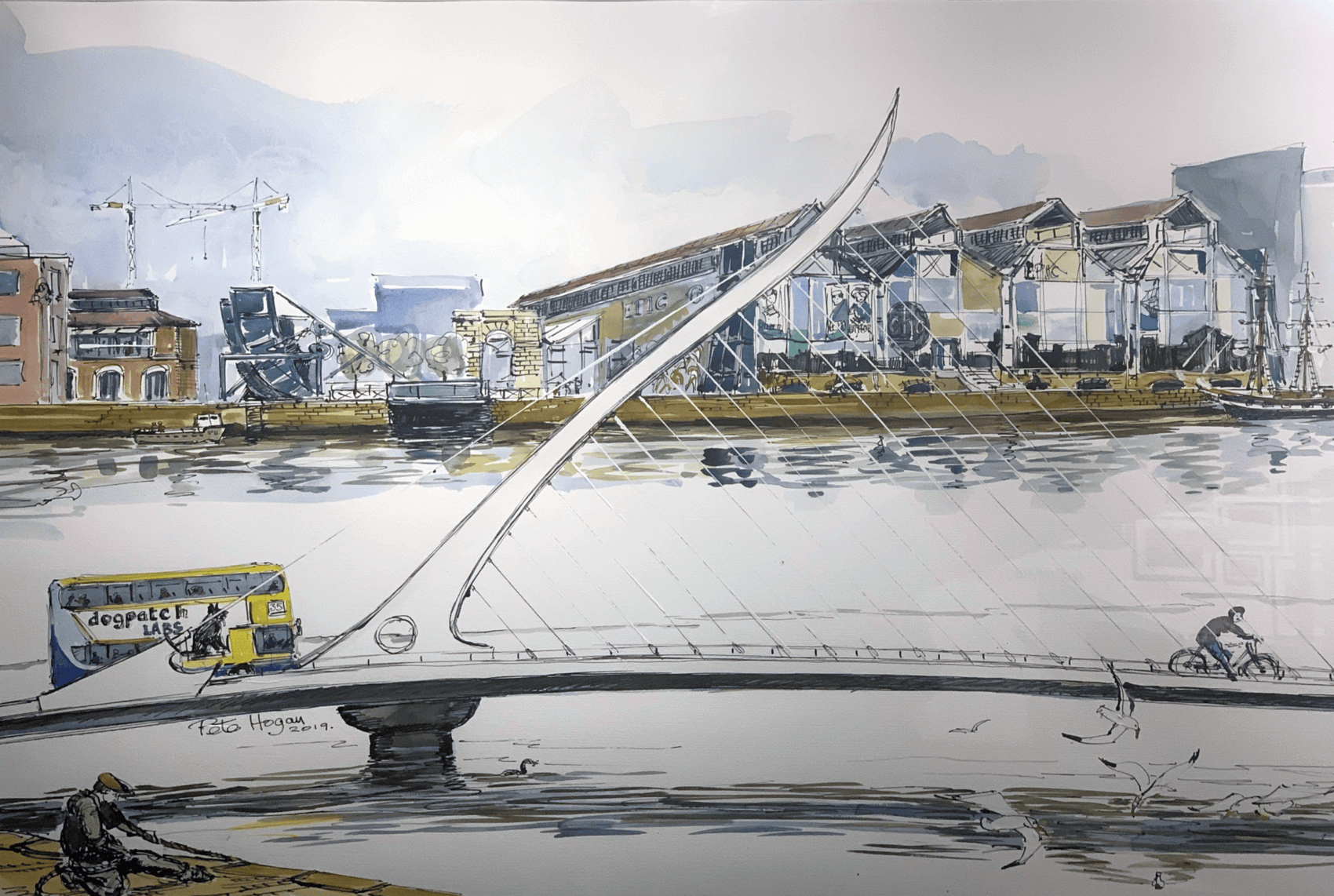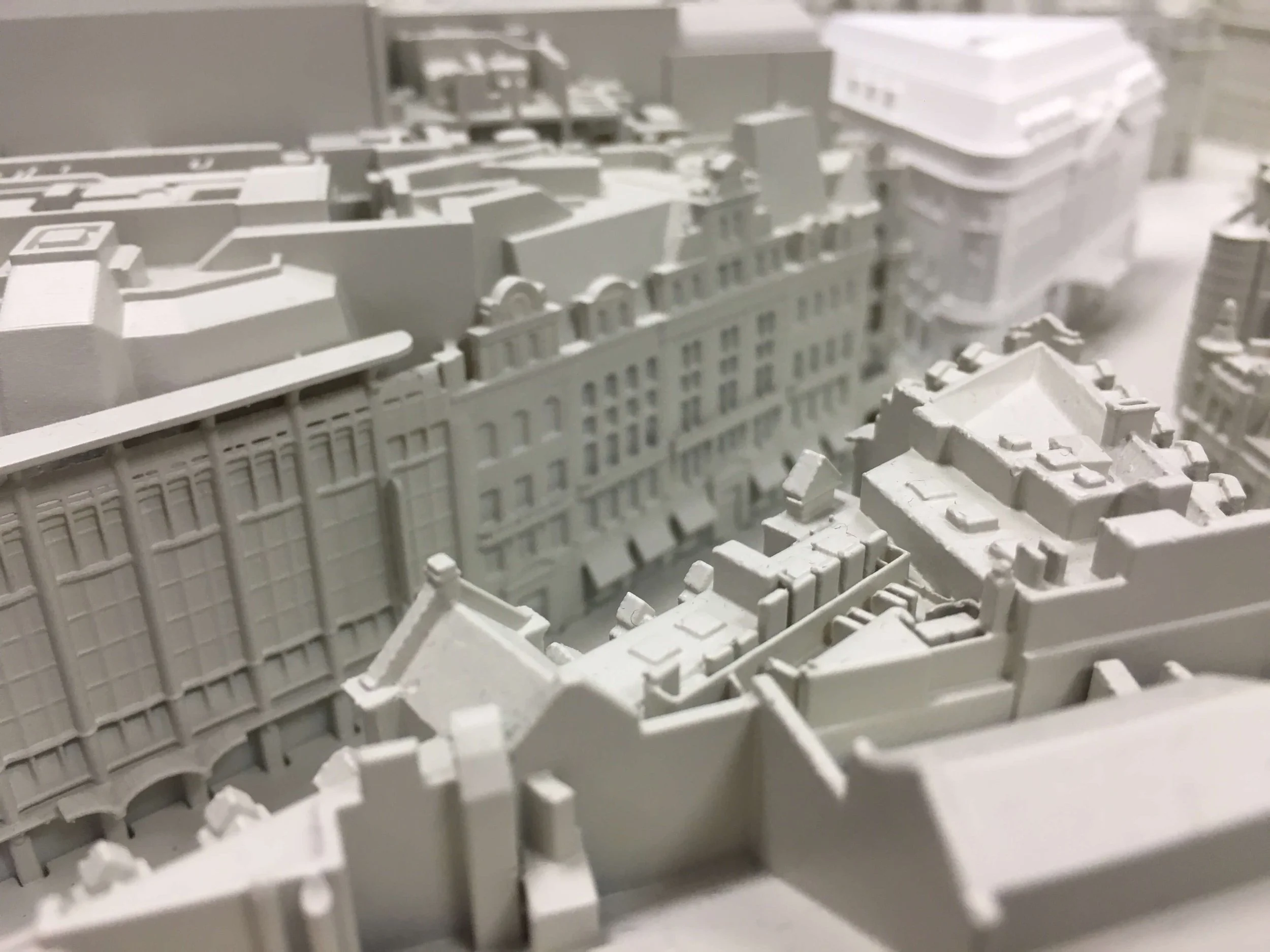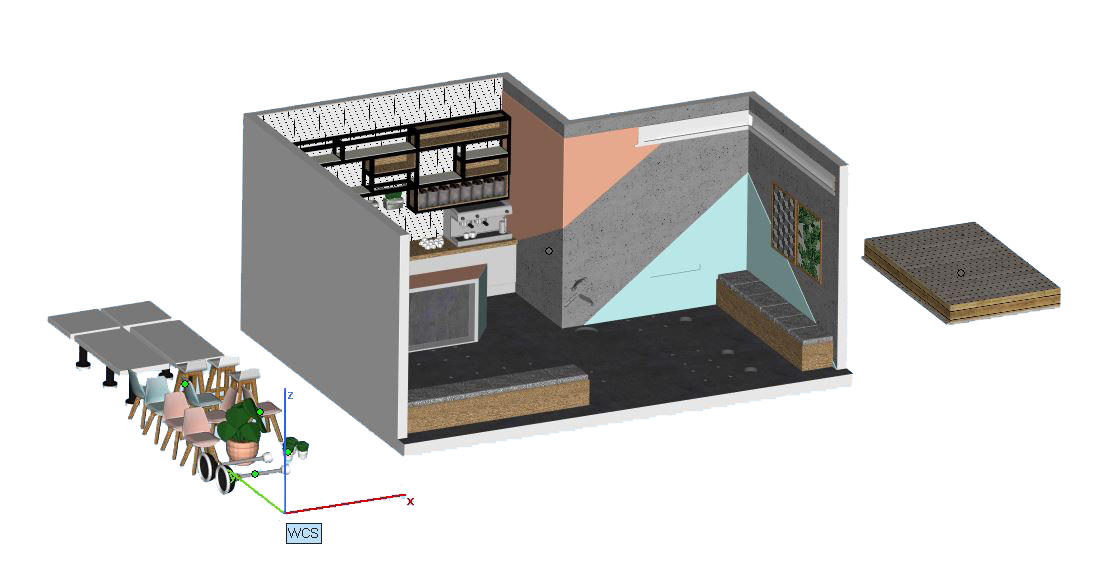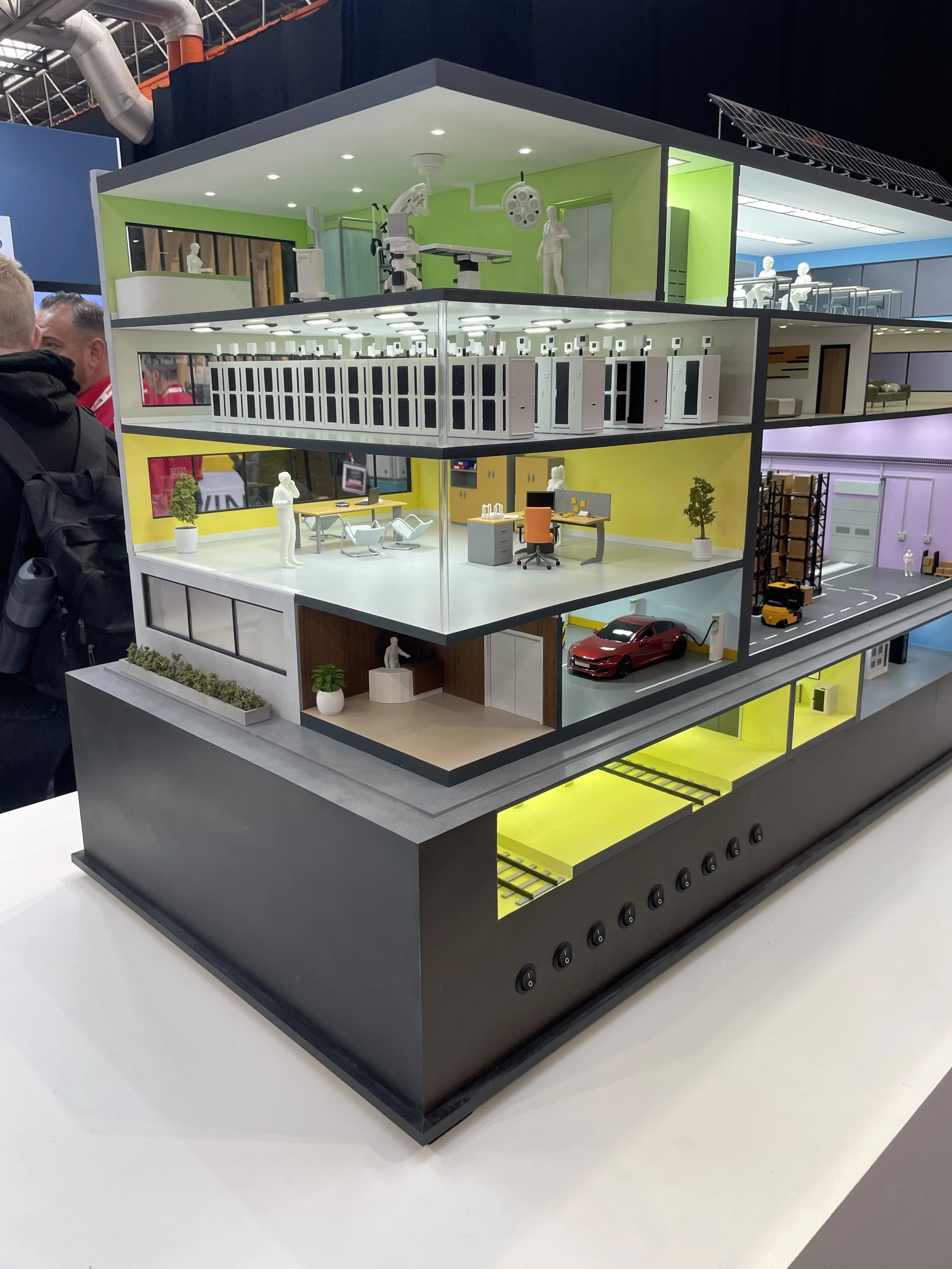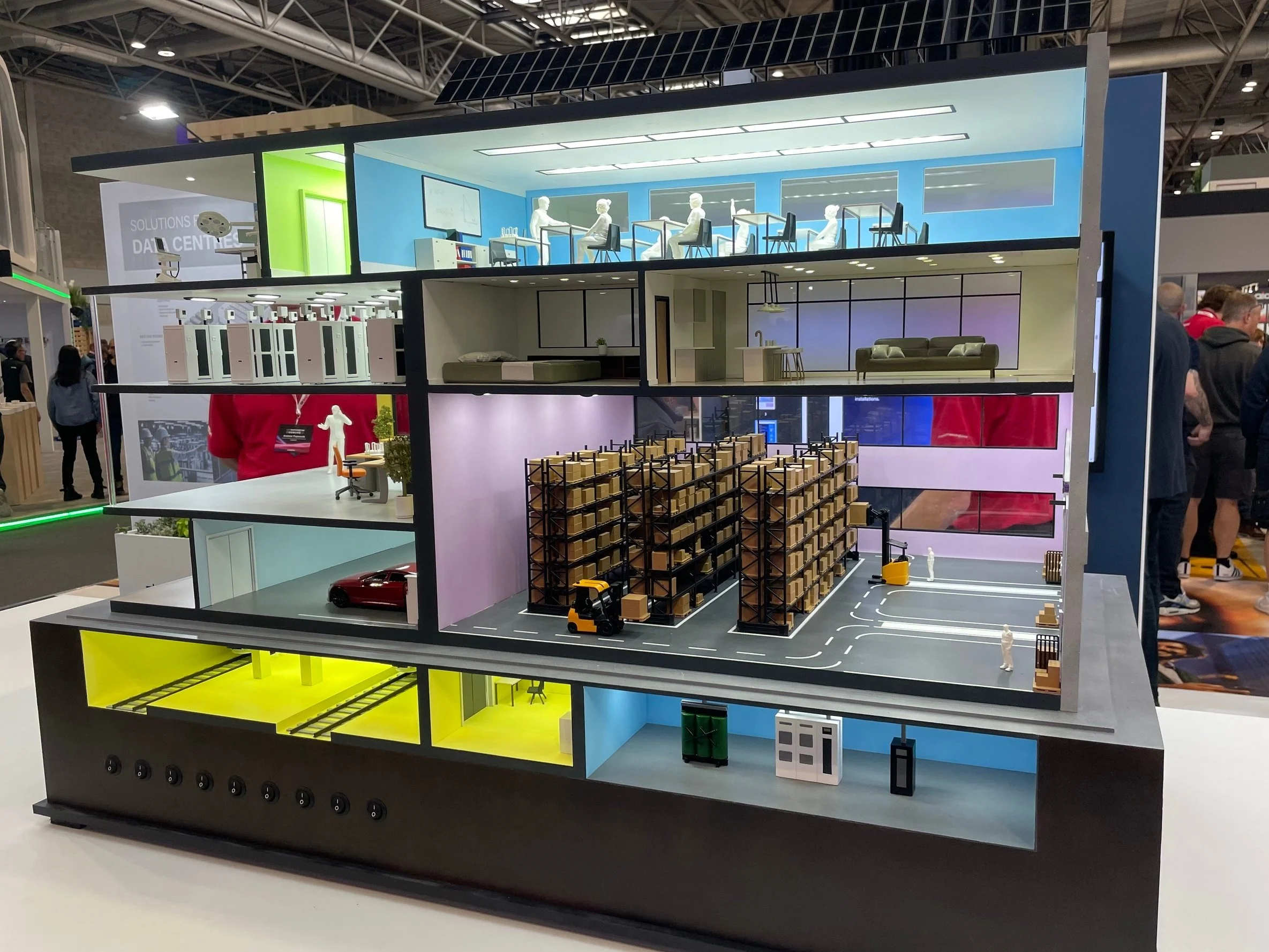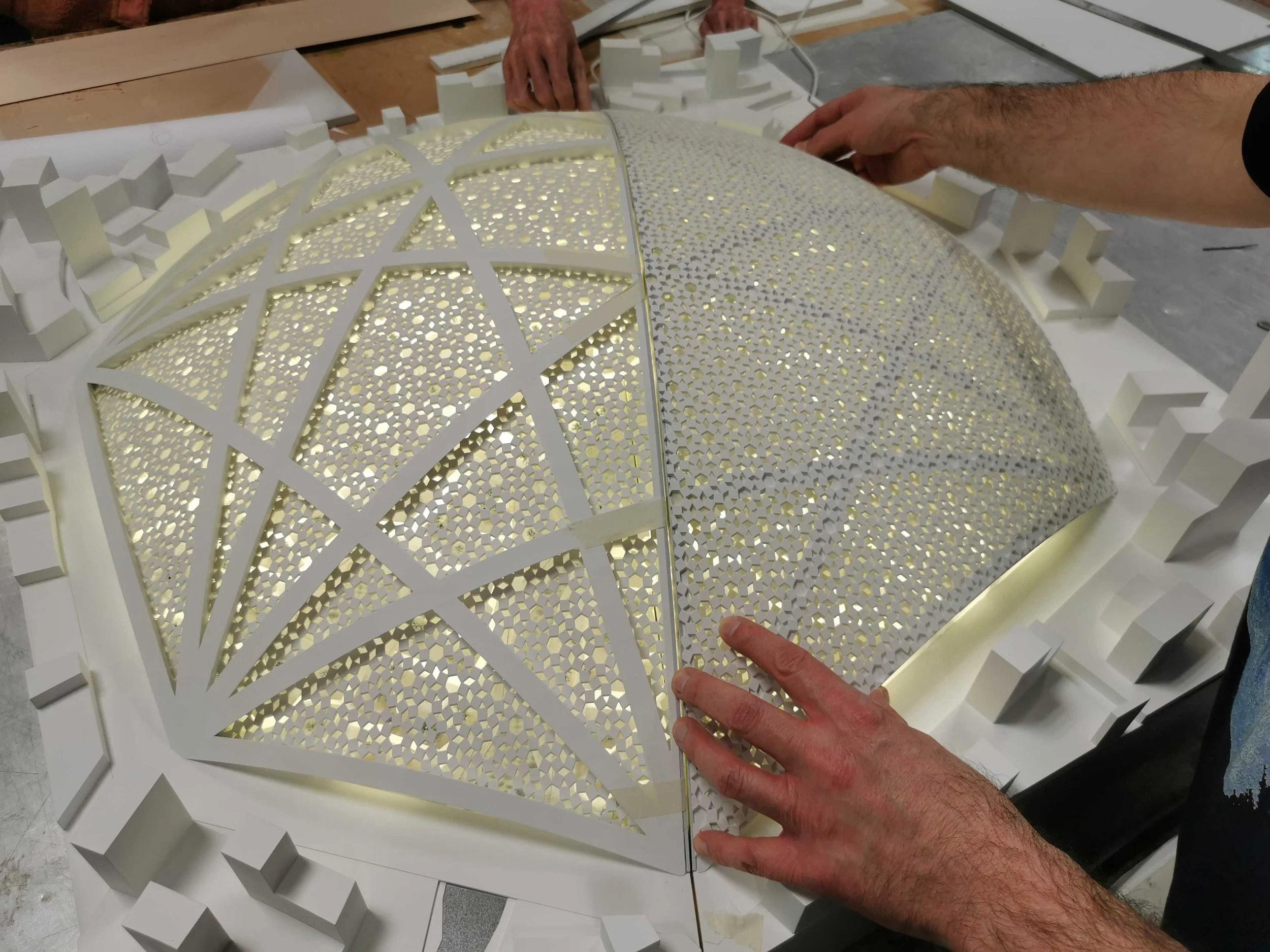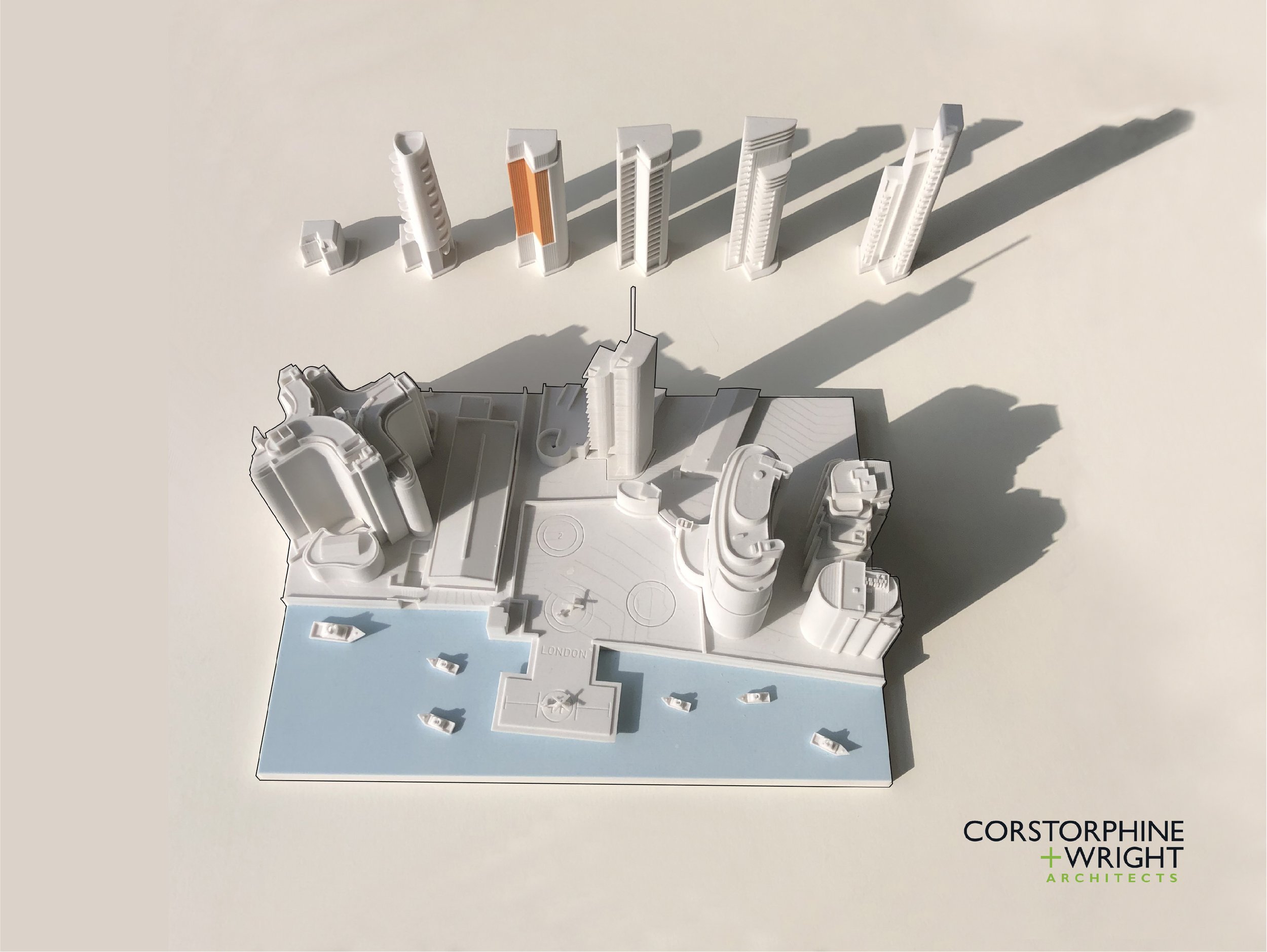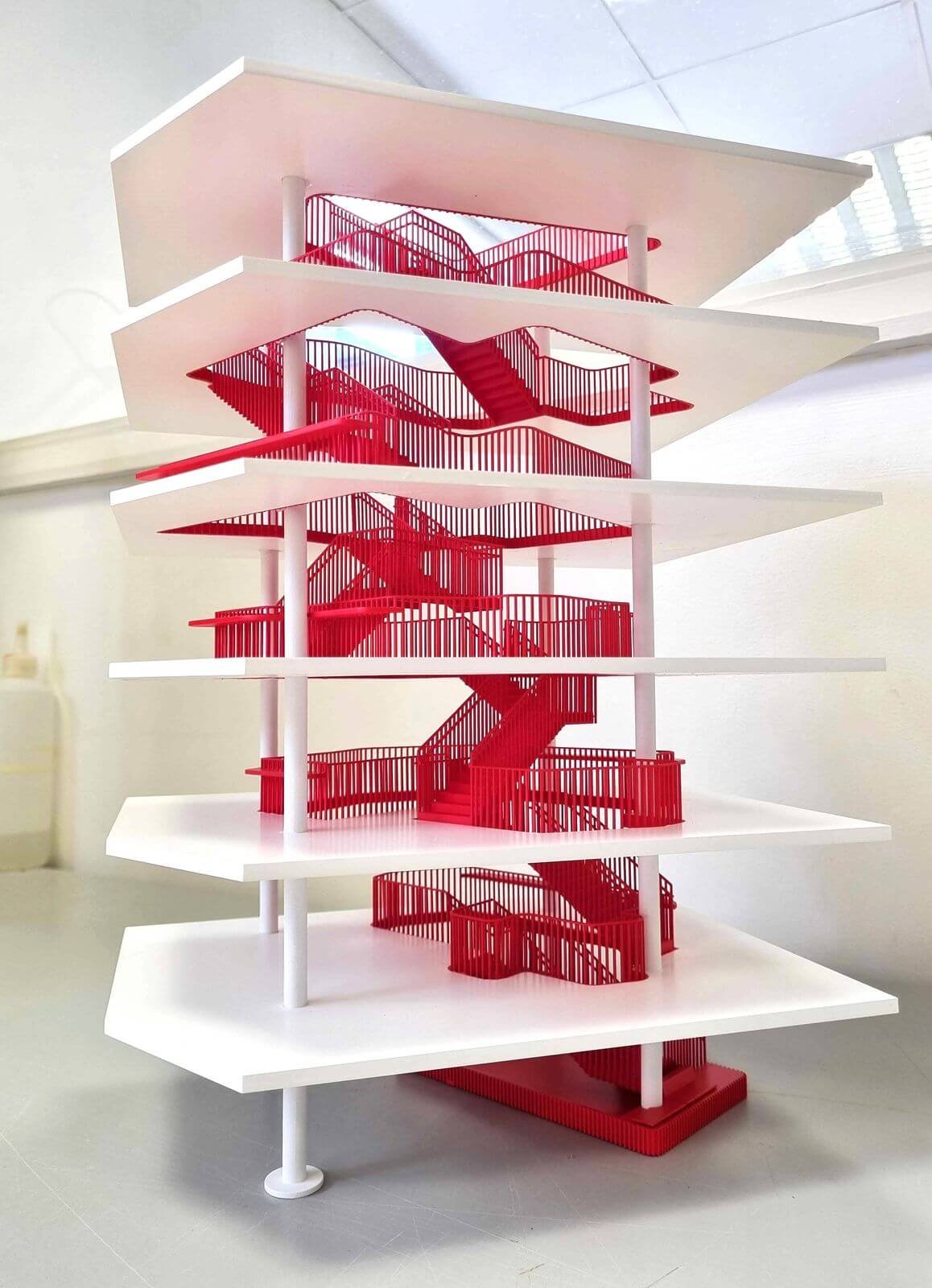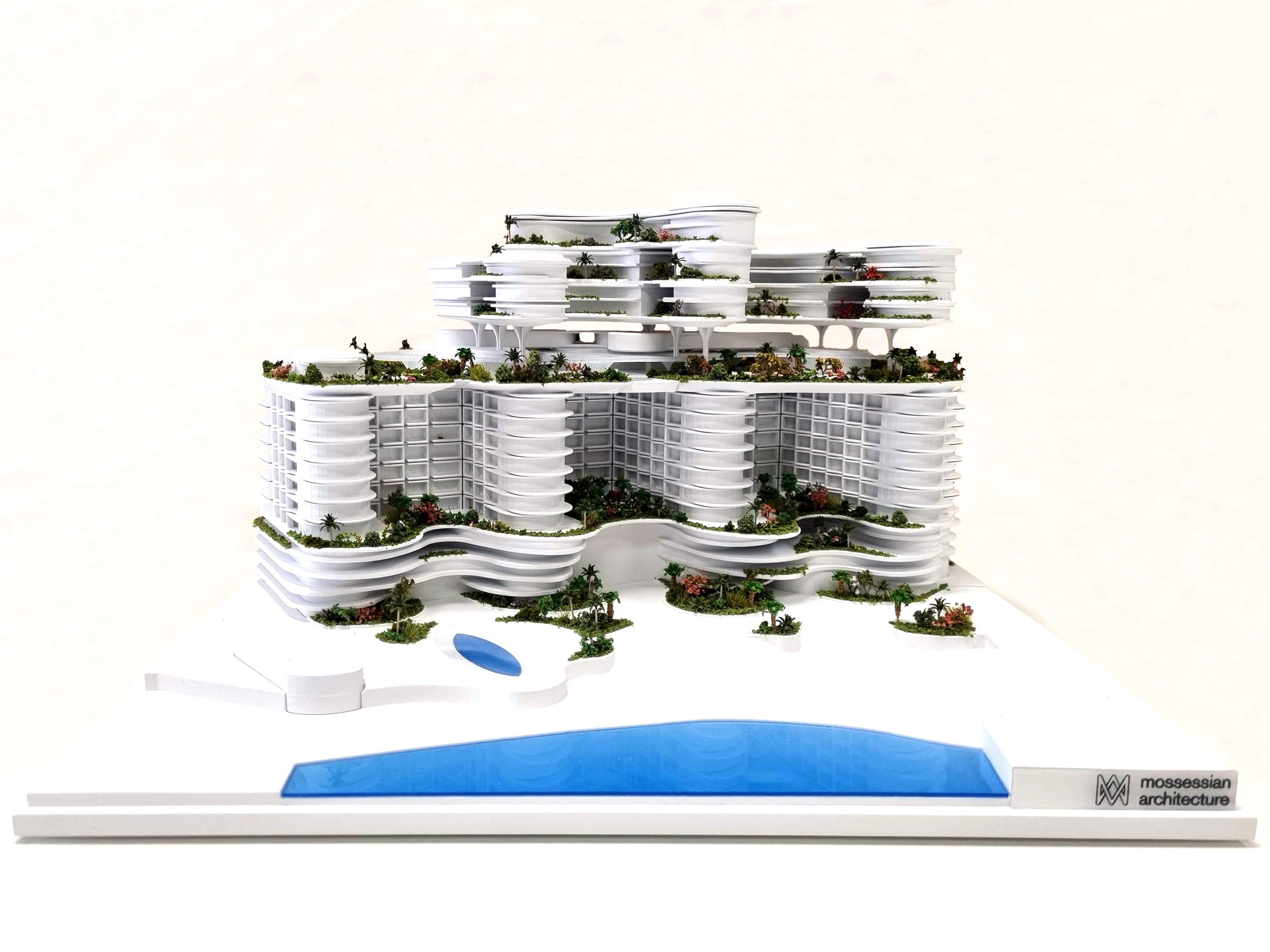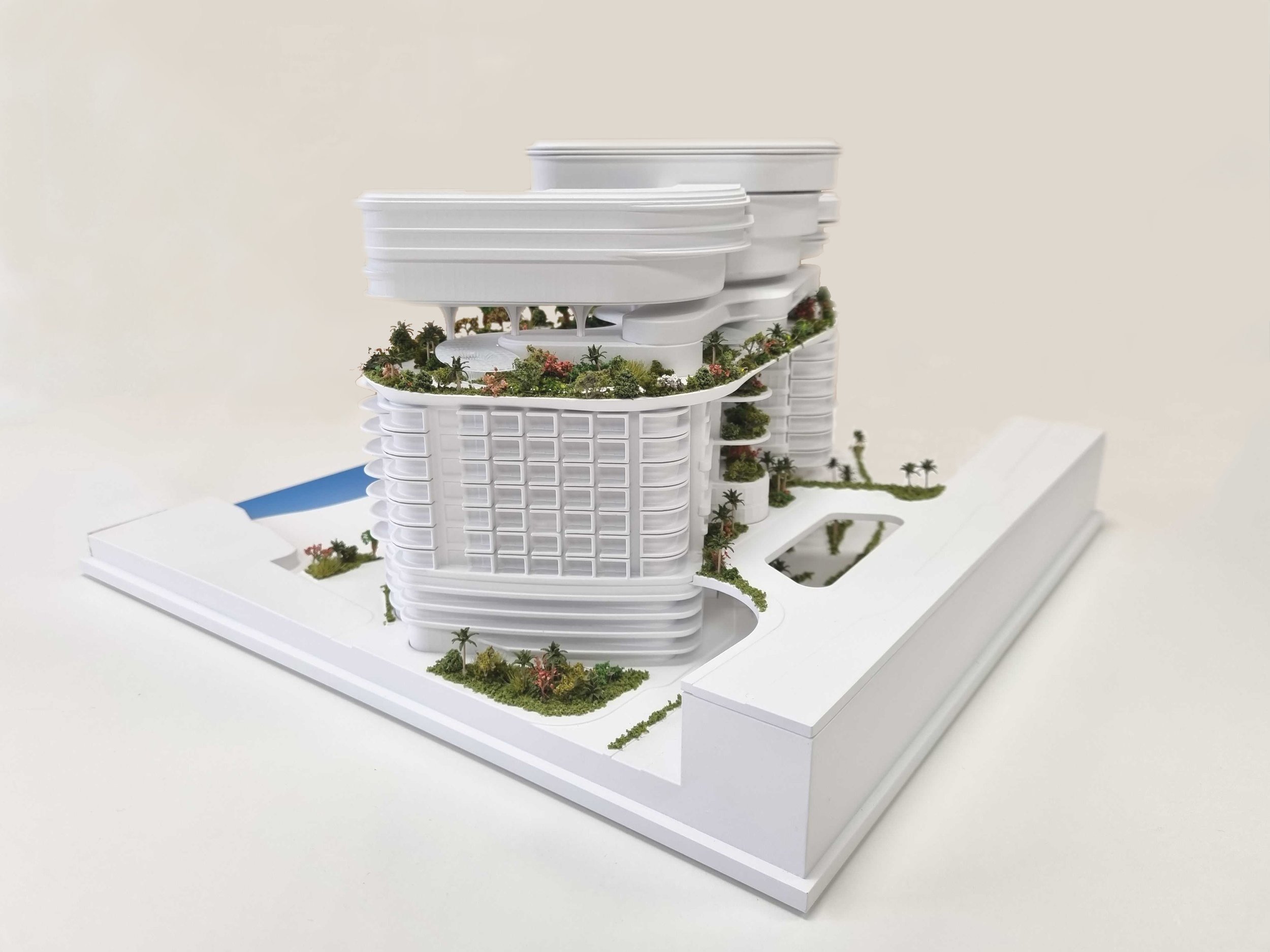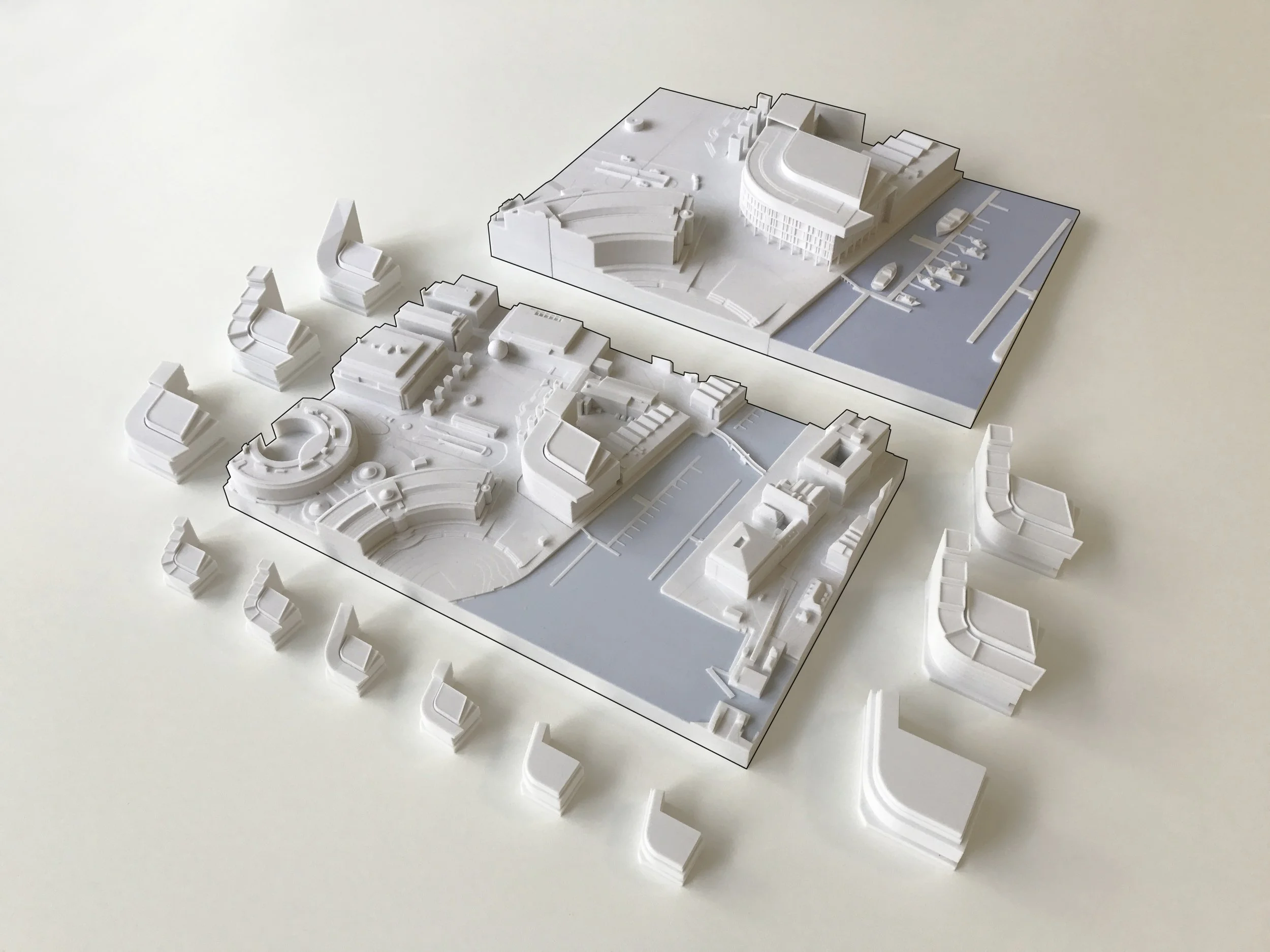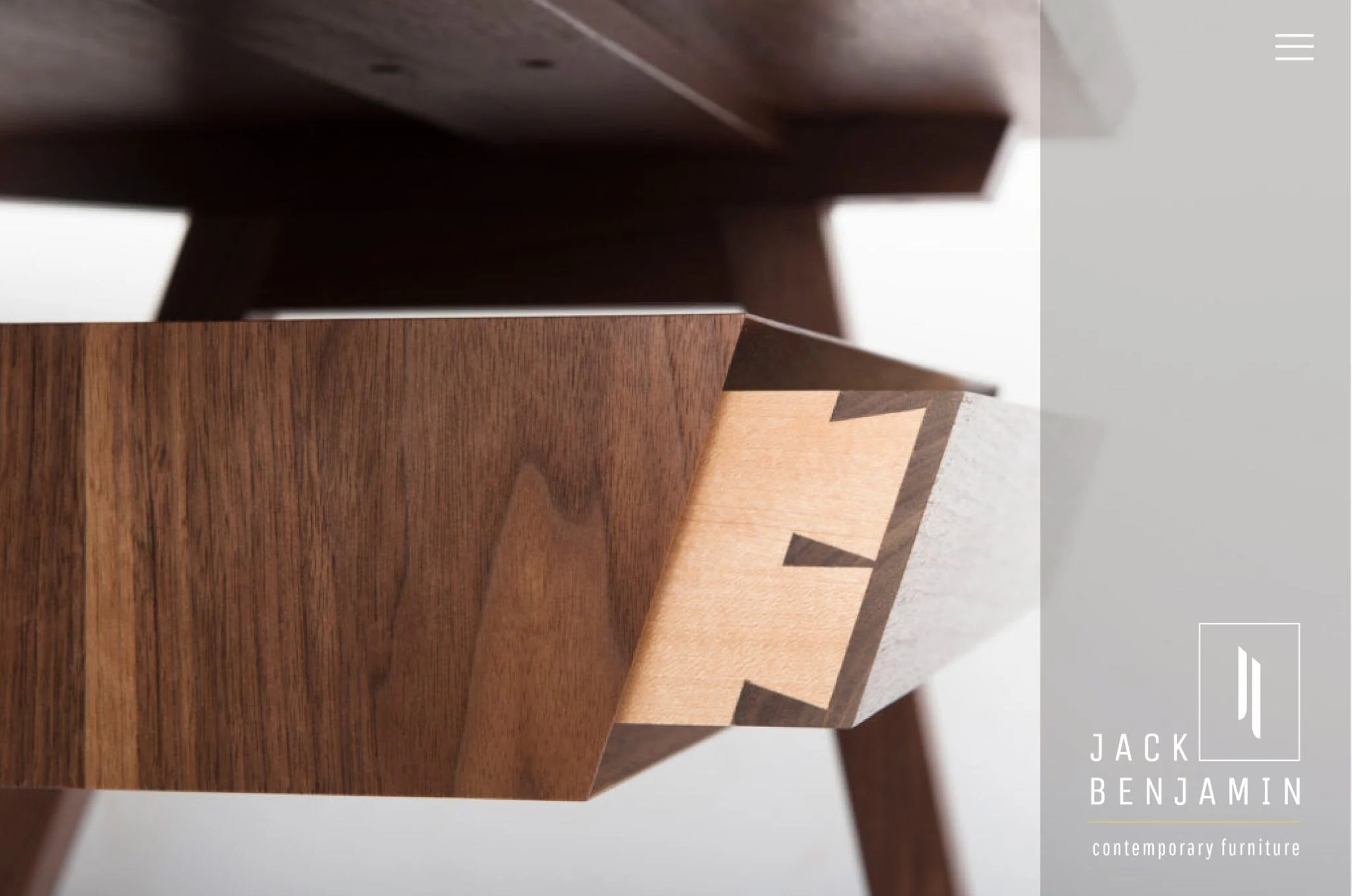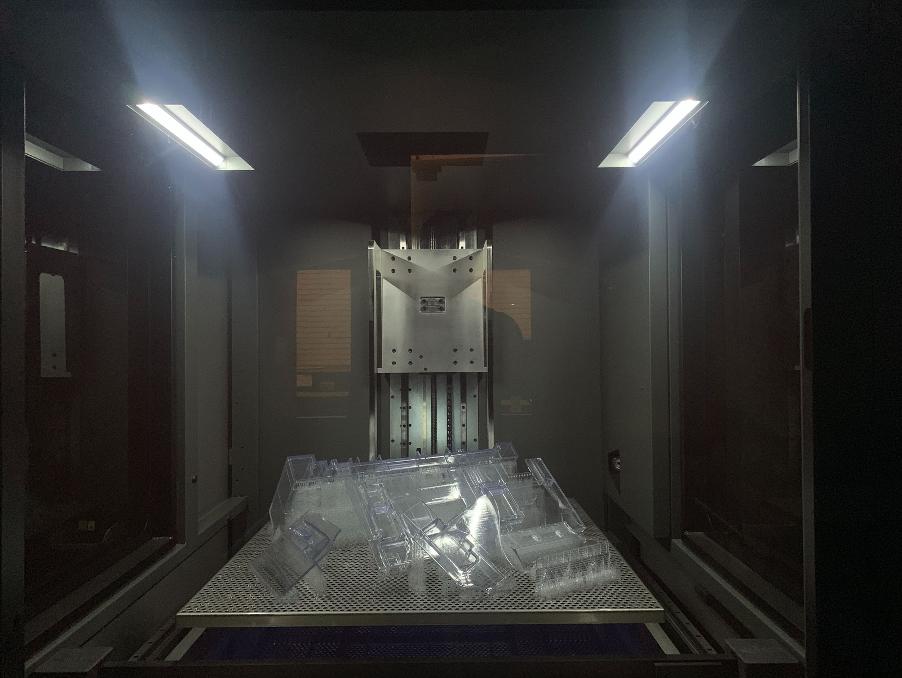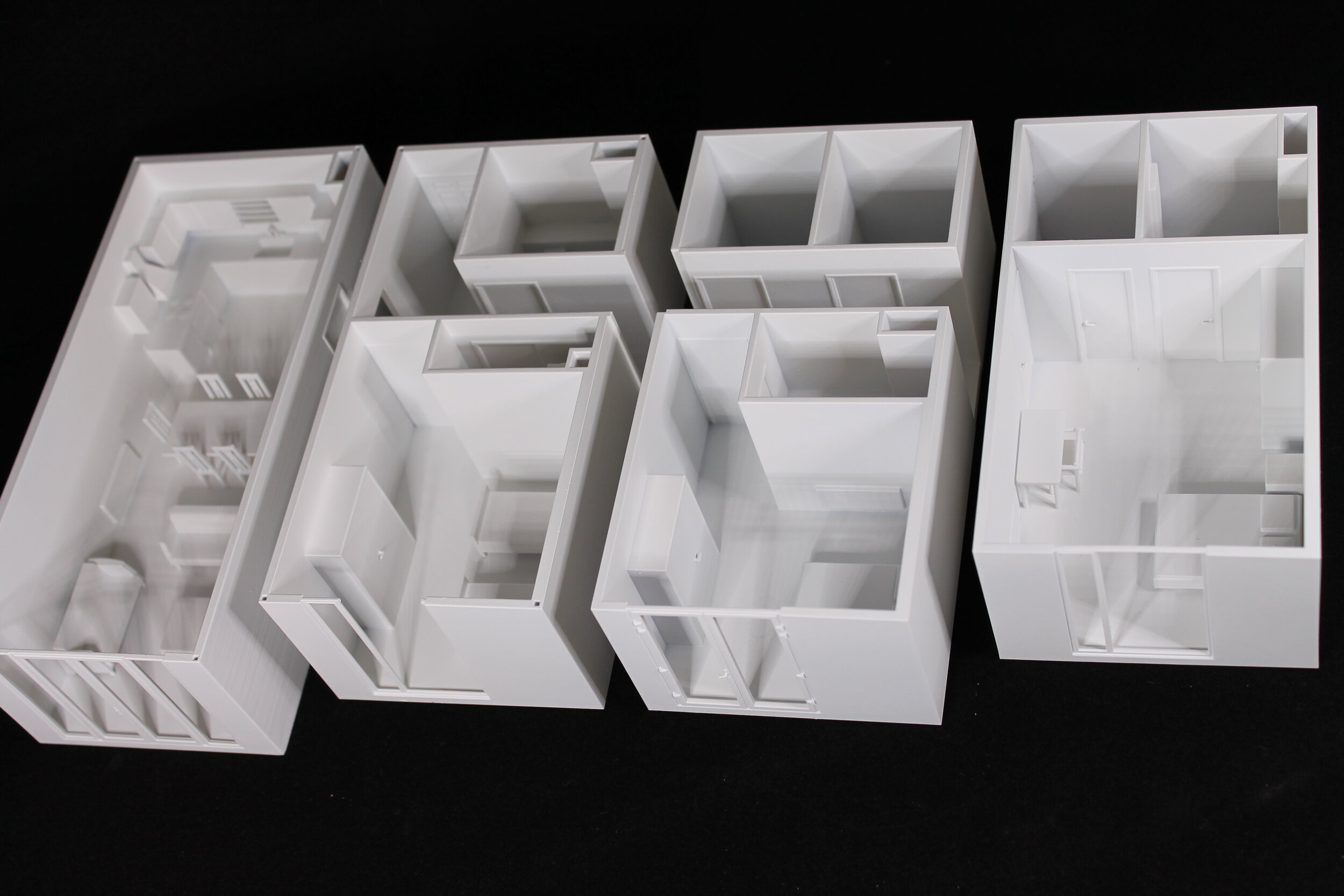3D architectural models have become essential tools for architects, designers, builders, and property developers. Whether you're designing a home renovation, planning a large commercial space, or presenting to investors, 3D models help transform abstract ideas into realistic, visually compelling representations.
In this guide, we break down everything you need to know—from what 3D architectural models are to how much they cost, the types available, and why they’ve become indispensable in modern design workflows.
What Is a 3D Architectural Model?
A 3D architectural model is a digital or physical representation of a building, interior, landscape, or structural concept. These models simulate real-world dimensions, materials, textures, lighting, and spatial relationships, allowing stakeholders to visualize a project long before construction begins.
Modern 3D models go far beyond simple drawings. They offer clarity, realism, and interactivity—helping teams catch design issues earlier and make smarter decisions.
Why Use a 3D Architectural Model for Your Project?
3D modeling enhances every stage of a project, from design to approval to construction. Some of the top benefits include:
Realistic visualization: See exactly how your property or space will look before building starts.
Early issue detection: Spot structural or design inconsistencies before they become costly mistakes.
Better communication: Architects, clients, builders, and investors can all understand the design clearly.
Faster decision-making: Accelerates approvals and cuts down on lengthy revision cycles.
Because search engines now reward content that answers real user intent rather than listing keywords, explaining these benefits in natural, meaningful language strengthens the semantic relevance of this page, improving SEO performance .
Types of 3D Architectural Models
Studios typically offer a range of models depending on the project’s goals:
1. 3D Exterior Models
Showcase building facades, materials, landscaping, lighting, and street-level views.
2. 3D Interior Models
Ideal for interior designers and homeowners. These models include furnishings, décor, textures, and lighting scenarios.
3. Floor Plan Models
A simplified top-down view showing room layouts, furniture placements, and circulation paths.
4. Landscape & Site Models
Great for developers and urban planners; these models visualize outdoor spaces, terrain, pathways, pools, gardens, and civic layouts.
5. 3D Walkthrough Animations
Interactive or video-based walkthroughs that allow viewers to “move through” the space—excellent for marketing and pre-sale campaigns.
6. Physical Scale Models
Produced through 3D printing or handcrafting, these tangible models are often used in exhibitions and presentations.
What File Formats Do Designers Accept?
Most 3D modeling professionals accept a wide range of file formats, including:
CAD files (DWG, DXF)
SketchUp (SKP)
Revit (RVT)
3ds Max (MAX)
PDF drawings
Hand-drawn sketches (as long as measurements are provided)
Accepting diverse file types helps maintain momentum in projects, which aligns with modern semantic search behavior—users often ask about compatibility, workflows, and practical execution, not just the definition of 3D modeling.
How Long Does It Take to Create a 3D Architectural Model?
Project timelines vary depending on model complexity, level of detail, and revisions required. Common turnaround times include:
Small interior or exterior model: 2–4 days
Full building model: 5–10 days
Large commercial development: 2–4 weeks
These timeframes help set realistic expectations for clients and ensure smoother planning during construction phases.
How Much Do 3D Architectural Models Cost?
Pricing depends on complexity, detail level, materials, realism, and number of revisions. Typical ranges:
Basic models: $150–$300
High-detail residential/commercial models: $800–$3,000+
Providing clear cost ranges improves transparency—a key characteristic of helpful content under Google’s Helpful Content and MUM frameworks.
* Contact us for pricing and timelines of delivey
Can a 3D Model Be Created from Old Drawings or Hand Sketches?
Yes. Even older blueprints or scanned hand-drawn sketches can be converted into detailed 3D architectural models, as long as measurements are provided. This is especially useful for renovations and historical preservation projects.
Are Revisions Allowed?
Most studios offer 1–3 free revisions, with additional revisions available for a fee depending on the scope of changes. This ensures accurate alignment with project goals without derailing timelines.
Do You Provide Photorealistic 3D Rendering?
Absolutely. Many 3D artists deliver HD or 4K photorealistic renderings that include realistic lighting, shadows, textures, materials, and environmental effects. These visuals are commonly used for:
Real estate listings
Investor presentations
Marketing campaigns
Pre-sale brochures
Well-rendered content aligns with user expectations for vivid, realistic previews.
Can I Get Animation or Walkthrough Videos?
Yes—walkthroughs, flythroughs, and 360° virtual tours can be generated from your completed 3D model. These immersive experiences are powerful tools for sales and client engagement.
Industries That Rely on 3D Architectural Models
3D modeling supports a wide range of sectors, including:
Real estate
Construction
Interior design
Landscaping
Hospitality design
Retail & commercial architecture
Urban planning
Because semantic search understands topic relationships, covering multiple industries broadens contextual relevance without keyword stuffing.
Is 3D Printing Available?
Many studios now offer 3D-printed architectural models using materials like PLA, resin, or architectural-grade plastics. These physical models help stakeholders grasp scale and spatial relationships more intuitively.
Final Thoughts
3D architectural models continue to reshape the design and construction landscape. They help clients visualize concepts with clarity, enable teams to avoid costly mistakes, and support more informed decision-making throughout the entire project lifecycle.


